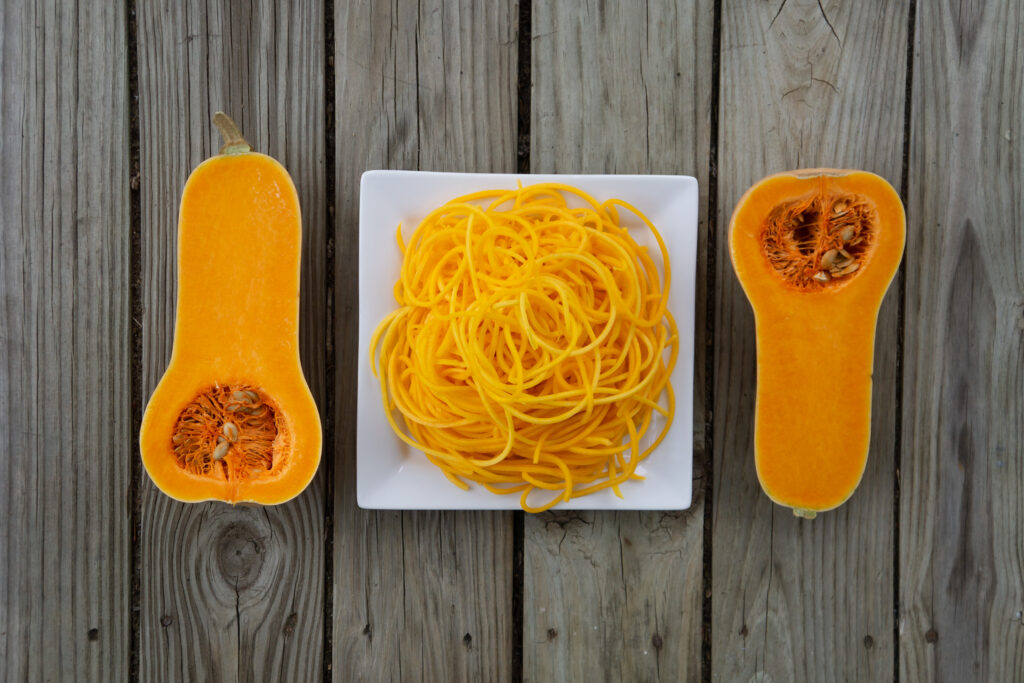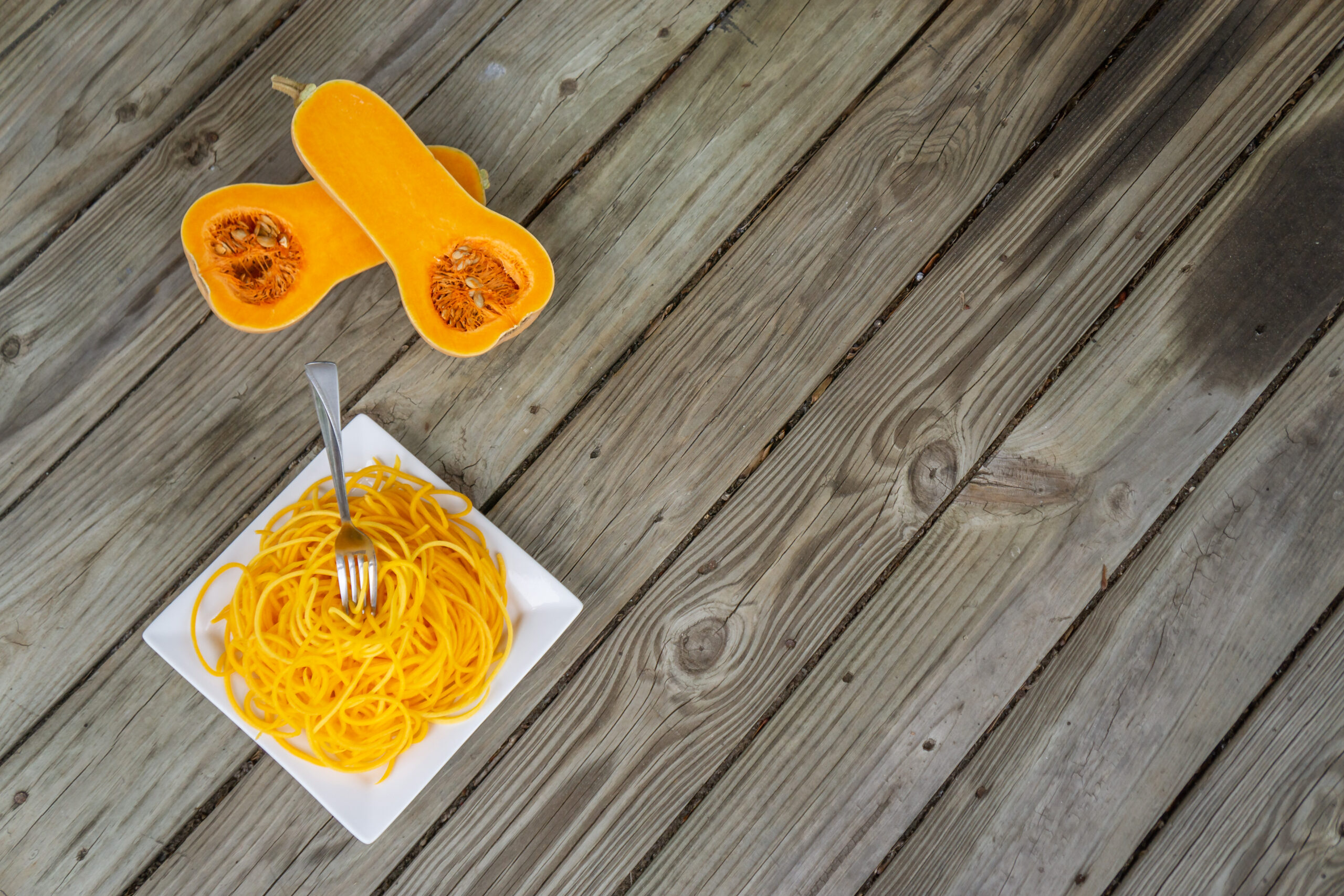Baking spaghetti squash is a delightful way to enjoy a nutritious vegetable that serves as a fantastic low-carb alternative to pasta. This versatile squash can be transformed into a delicious dish that fits seamlessly into various diets. In this article, we will guide you through the entire process of preparing and baking spaghetti squash, from selecting the perfect squash to exploring creative flavor variations. Whether you’re a seasoned cook or just starting your culinary journey, this baked spaghetti squash recipe will help you master the art of cooking with this unique vegetable.
Selecting the Best Spaghetti Squash for Baking
When it comes to baking spaghetti squash, choosing the right one is essential for achieving the best flavor and texture. Look for a squash that is firm to the touch, with a smooth, golden-yellow skin. Avoid any that have soft spots, blemishes, or signs of mold, as these can indicate that the squash is overripe or spoiled. The size of the spaghetti squash can also influence your cooking experience; a medium-sized squash typically weighs between 3 to 5 pounds and yields a satisfying amount of “noodles.”
Another consideration is the squash’s shape. Although they can vary, choose one that is more elongated rather than round, as this often results in a better noodle-like texture once baked. If possible, pick a squash that feels heavy for its size, as this indicates ripeness and good moisture content. By selecting a high-quality spaghetti squash, you set the stage for a delicious and nutritious meal.
Preparing Spaghetti Squash for the Oven

Once you have selected your spaghetti squash, the next step is to prepare it for baking. The preparation process is simple and requires just a few essential tools.
To start, you will need a sharp knife, a large spoon, and a baking dish. Begin by washing the squash under running water to remove any dirt or debris from the skin. This step is crucial, especially if you plan to roast the squash whole. After washing, dry it thoroughly with a clean towel.
Next, you’ll want to cut the squash in half. Place the squash on a sturdy cutting board and carefully slice it lengthwise down the middle. This can be challenging due to the tough skin, so take your time and use a well-sharpened knife. Once you have halved the squash, use a spoon to scoop out the seeds and any stringy fibers from the center. Discard the seeds or save them for roasting later.
After cleaning the squash, you can enhance its flavor by seasoning it. Drizzle the cut sides with olive oil and sprinkle a pinch of salt and pepper. This seasoning will help to elevate the natural sweetness of the squash during the baking process. If you want to get creative, consider adding garlic powder, Italian seasoning, or perhaps a dash of cayenne pepper for a bit of heat. Ensure the oil and seasoning are evenly distributed for the best flavor.
Baking Spaghetti Squash to Perfection
Now that your spaghetti squash is prepped and seasoned, it’s time to bake it. Preheat your oven to 400°F (200°C). This temperature is ideal for roasting the squash, allowing it to cook evenly and develop a delightful caramelization.
- Place the prepared squash halves cut-side down in a baking dish. This method allows the steam to help cook the squash, resulting in tender noodles.
- Add about an inch of water to the baking dish. This water will create steam during the baking process, keeping the squash moist.
- Cover the baking dish tightly with aluminum foil. This step is important as it traps heat and steam inside, ensuring the squash cooks thoroughly.
- Bake the squash in the preheated oven for about 30 to 45 minutes, depending on the size of the squash. A medium-sized squash typically takes around 35 minutes. You’ll know it’s done when the flesh is tender and easily shreds into spaghetti-like strands when scraped with a fork.
- Once baked, remove the dish from the oven and carefully uncover it, as steam will escape. Allow the squash to cool for a few minutes before handling.
- Using a fork, gently scrape the inside of the squash to release the strands. You’ll see how the flesh separates easily into spaghetti-like noodles.
After you’ve scraped out the noodles, you can serve them immediately or let them cool completely for later use. The baked spaghetti squash can be enjoyed as a stand-alone dish, combined with sauces, or incorporated into various recipes.
Creative Flavor Variations
One of the great benefits of baked spaghetti squash is its versatility. You can customize it to suit your taste preferences or dietary needs. Here are some creative flavor variations to consider:
If you enjoy a classic Italian flavor, try tossing the baked spaghetti squash with marinara sauce, sautéed vegetables, and a sprinkle of parmesan cheese. This combination mimics traditional pasta dishes while keeping it light and healthy.
For a more Mediterranean twist, blend the squash with olive oil, lemon juice, garlic, and fresh herbs like basil or parsley. This refreshing side dish can complement grilled chicken or fish beautifully.
Another unique variation involves a spicy twist. Mix the baked squash with cooked ground turkey or beef, diced tomatoes, black beans, corn, and taco seasoning for a hearty taco-inspired dish. Serve with your favorite toppings, such as avocado, cilantro, and lime.
For those who prefer a creamy texture, consider adding a dollop of ricotta or cottage cheese along with steamed spinach and a hint of nutmeg. This combination creates a comforting dish that is both nutritious and satisfying.
Nutritional Information and Health Benefits
Baked spaghetti squash is not only delicious but also packed with nutrients. It is low in calories, making it an excellent choice for those looking to manage their weight. A one-cup serving of cooked spaghetti squash contains only about 42 calories, along with 10 grams of carbohydrates and 2 grams of dietary fiber. This fiber content helps promote digestive health and can keep you feeling fuller for longer.
Additionally, spaghetti squash is a great source of vitamins and minerals. It is rich in vitamin C, which supports the immune system and promotes healthy skin, as well as vitamin A, which contributes to eye health. The squash also contains several essential minerals, such as potassium and manganese, which are important for various bodily functions.
Incorporating baked spaghetti squash into your meals can provide a nutritious base for a variety of dishes while allowing you to enjoy the flavors and textures you love. Whether you choose to serve it as a simple side or a hearty main dish, spaghetti squash offers a wholesome and satisfying option for healthy eating.

Leave a Reply